Day 1 - Wednesday
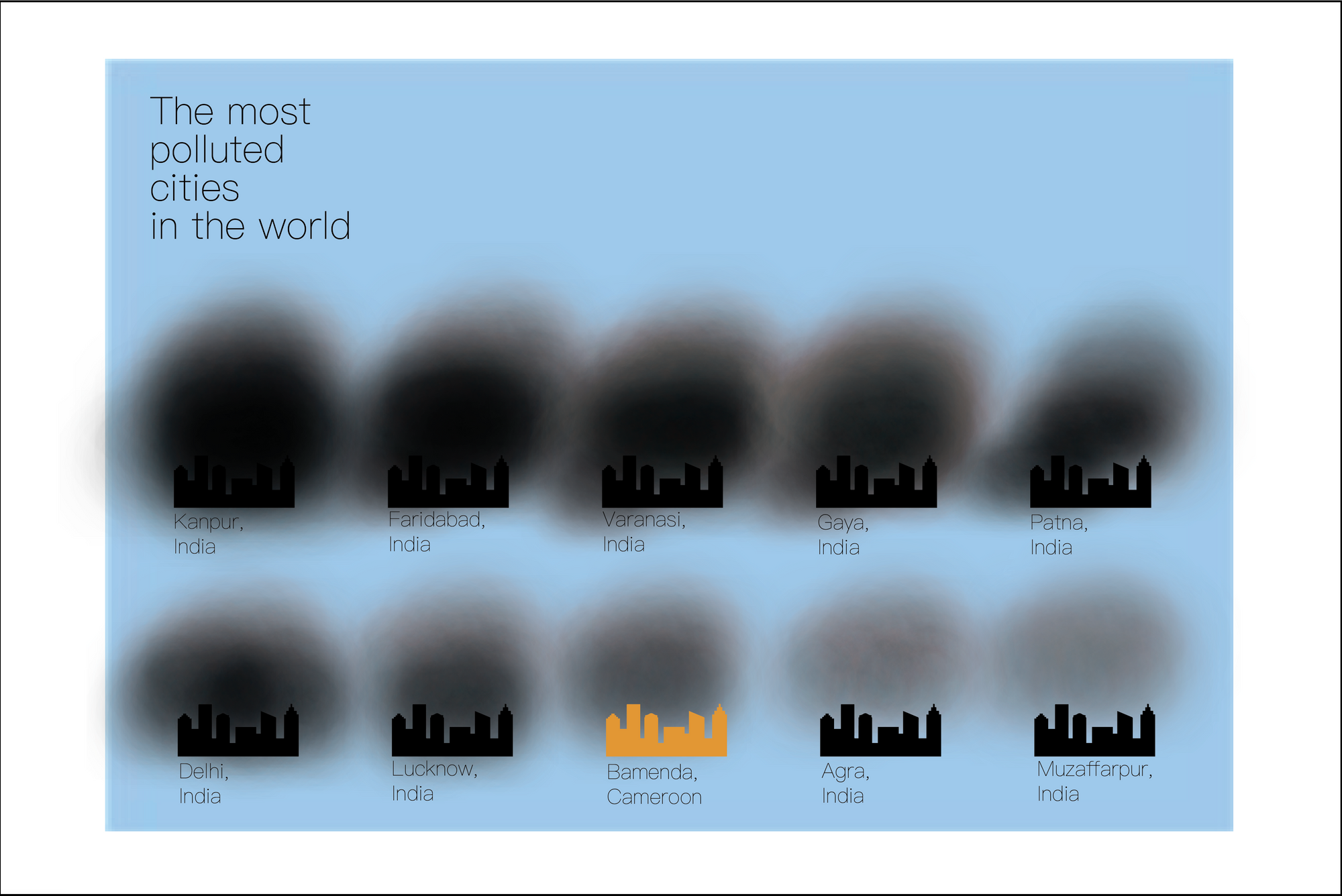
PM2.5 is a particle considered so small that it can enter the lungs and cause serious health problems - used as a standard to measure air quality. The WHO listed the most polluted cities in the world based on a comparison of the average amount of PM2.5 per cubic meter. The US average annual PM2.5 level is below 10 mcg per cubic meter. The city Kanpur in northern India has an annual level of 173 mcg per cubic meter. The WHO doesn’t treat its data as a ranking but rather a risk assessment. Urban India in that sense is one of the riskiest places to take a deep breath. See Vox covering WHO research (October 2018).
Day 2 - Thursday
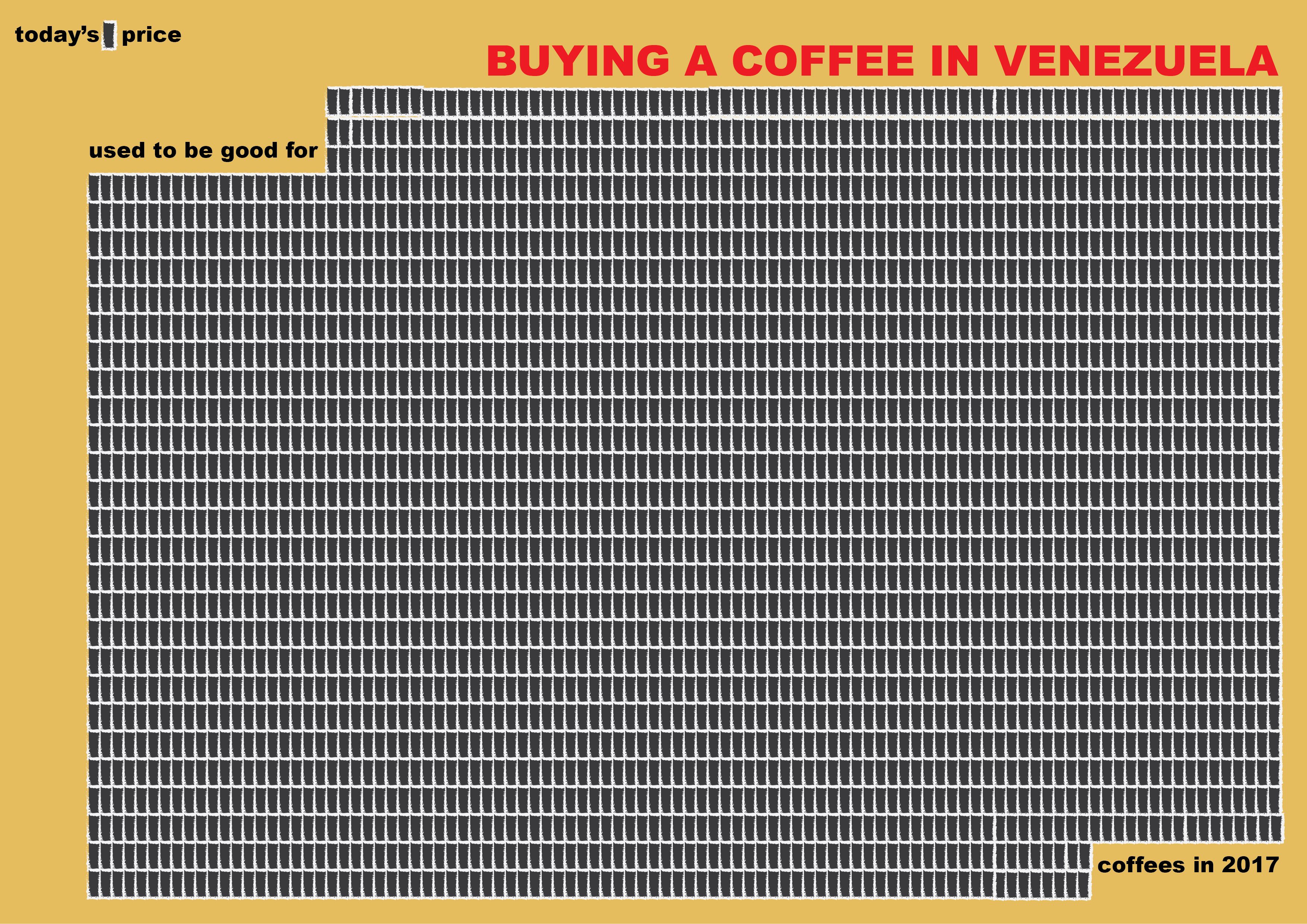
Once one of Latin America's wealthiest countries, with the largest oil reserves in the world. Now in an economic and political crisis. Venezuela's inflation exceeded 1 million percent in 2018. The International Monetary Fund forecasted this would be 10 million percent during 2019. What does that kind of inflation even mean? Bloomberg created a gauge to measure the depreciation of bolivars in practice: the Cafe Con Leche Index. The index is tracking the price for just one item: a cup of coffee served at a standard bakery in eastern Caracas. By the end of 2018, the price of a coffee in Venezuela was 2,856 times more than in the year before.
Day 3 - Friday
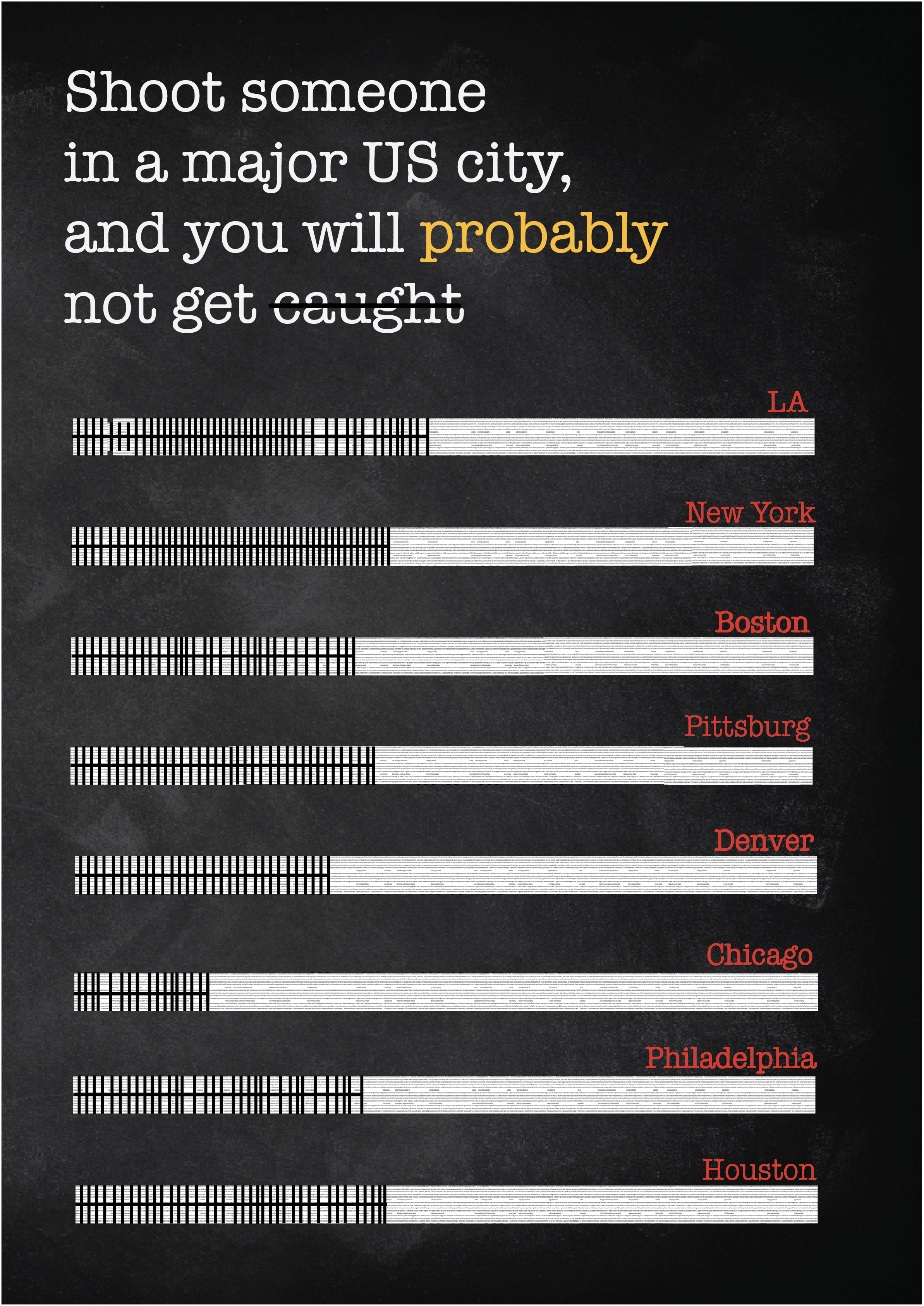
Buzzfeed and The Trace examined data from 202 urban police departments from 1980 until 2017. They found that arrest rates in murder or assault cases involving firearms have decreased since 1980. In many cities, more than 50% of fatal shootings do not lead to an arrest (distinguished from conviction). The arrest rate is even lower in shootings where the victim survives, or is black or hispanic.
Day 4 - Saturday
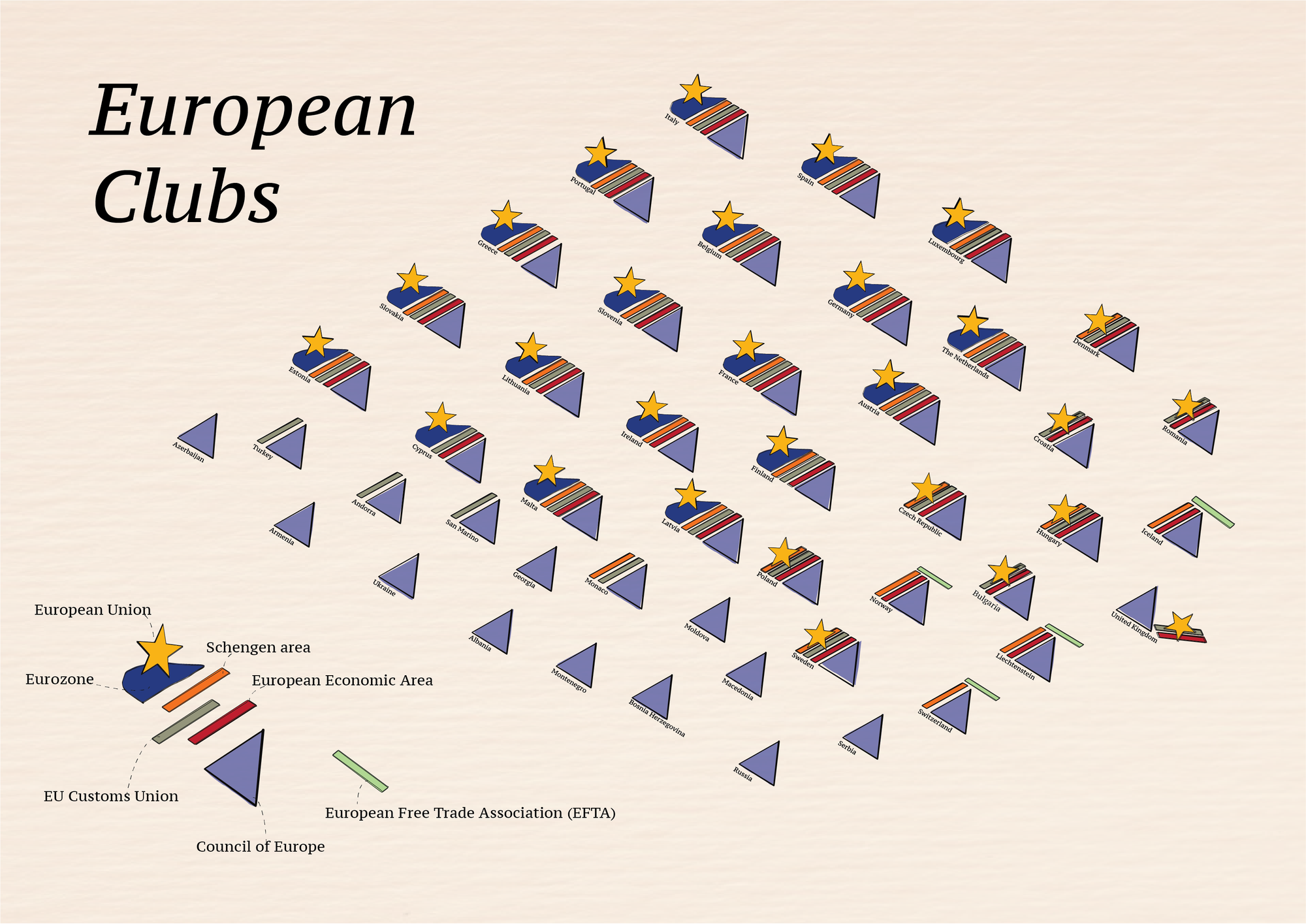
The largest structure is the Council of Europe; a human rights organization founded after WWII. The most cohesive set of 28 countries is the European Union (EU), and has within it the Eurozone containing the 19 countries using the euro currency. The Schengen area is an easy travel area that allows for border crossing without passport checks among 26 countries. Not every EU country is in the Schengen area and not every Schengen area country is in the EU. Some countries are not in the EU but still in EU's customs union or European Economic Area or both. The United Kingdom is in the process of leaving the EU club (Brexit). Since 2 years, the UK is deliberating what other European club it should join instead.
Day 5 - Sunday
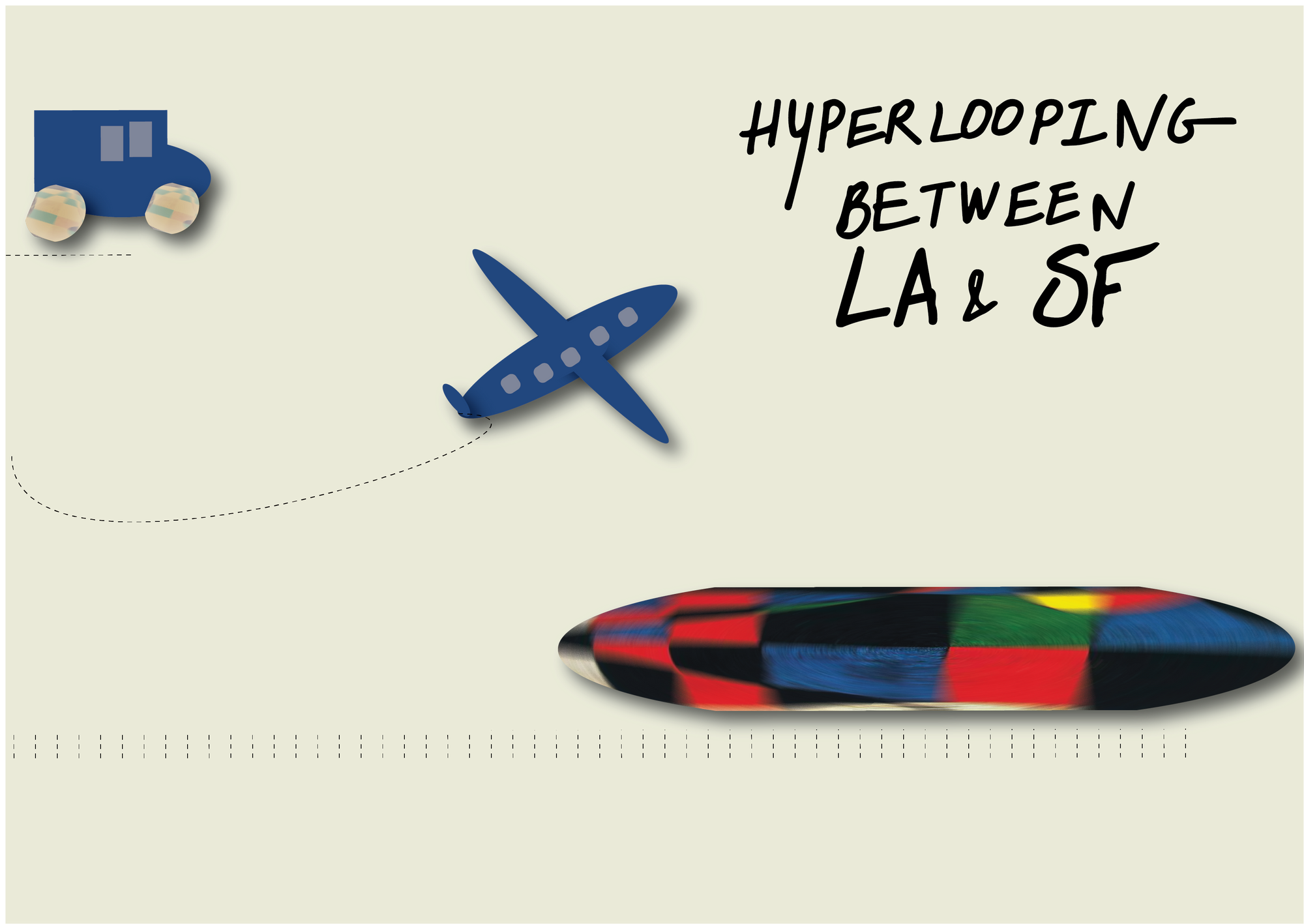
In his 2013 open-source paper, Elon Musk claimed that hyperloop systems would be capable of traveling at speeds of up to 620mph (1,000km/h). Instead of a 6-hour car ride or 1.5 hour flight, the hyperloop would the LA-SF commute in 10% of the time. Since then, teams have been competing to make that come through. The latest record, made by German students, stands at a top speed of 284 miles per hour (457 kph) but... was with a 154-pound (70 kg) miniature scale hyperloop train as big as a skateboard. Richard Branson is betting on his Virgin Hyperloop One, and says it is running a full-scale test version of the hyperloop at 240 mph (386 kph).
Day 6 - Monday
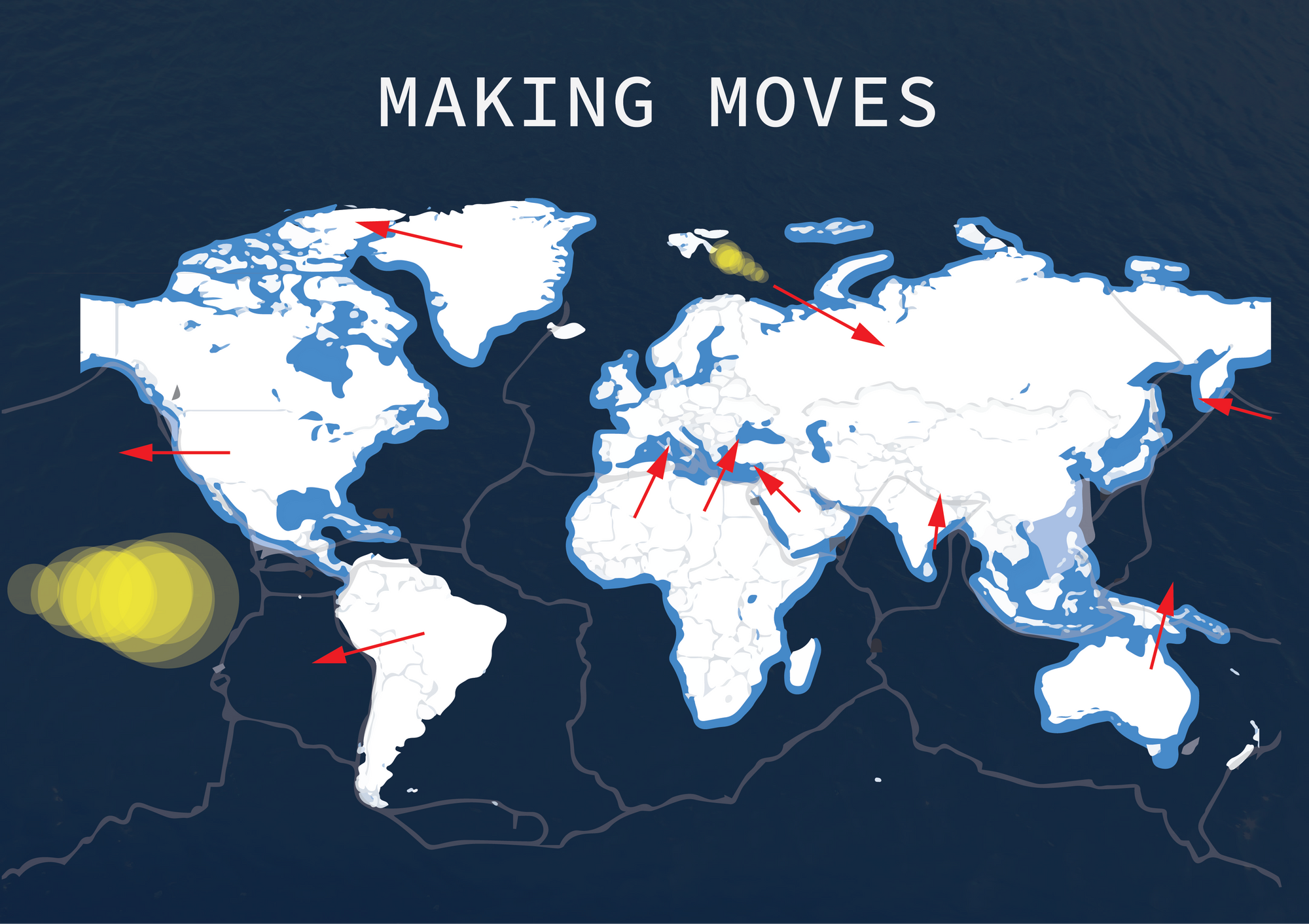
Continents are on the move. The Mid-Atlantic Ridge near Iceland is migrating relatively slow, about 1 inch (2.5cm) per year, about the rate of fingernails growth. The East Pacific Plate moves about 6 times as fast. Africa is moving north. It will be sharing its borders with Europe, without a Mediterranean Sea in between as this will be replaced by a Himalayas-size mountain riff. The result is a huge African-European continent, one day (ok, in 50 million years). Based on the National Geographic video and maps from Geology.com.
Day 7 - Tuesday
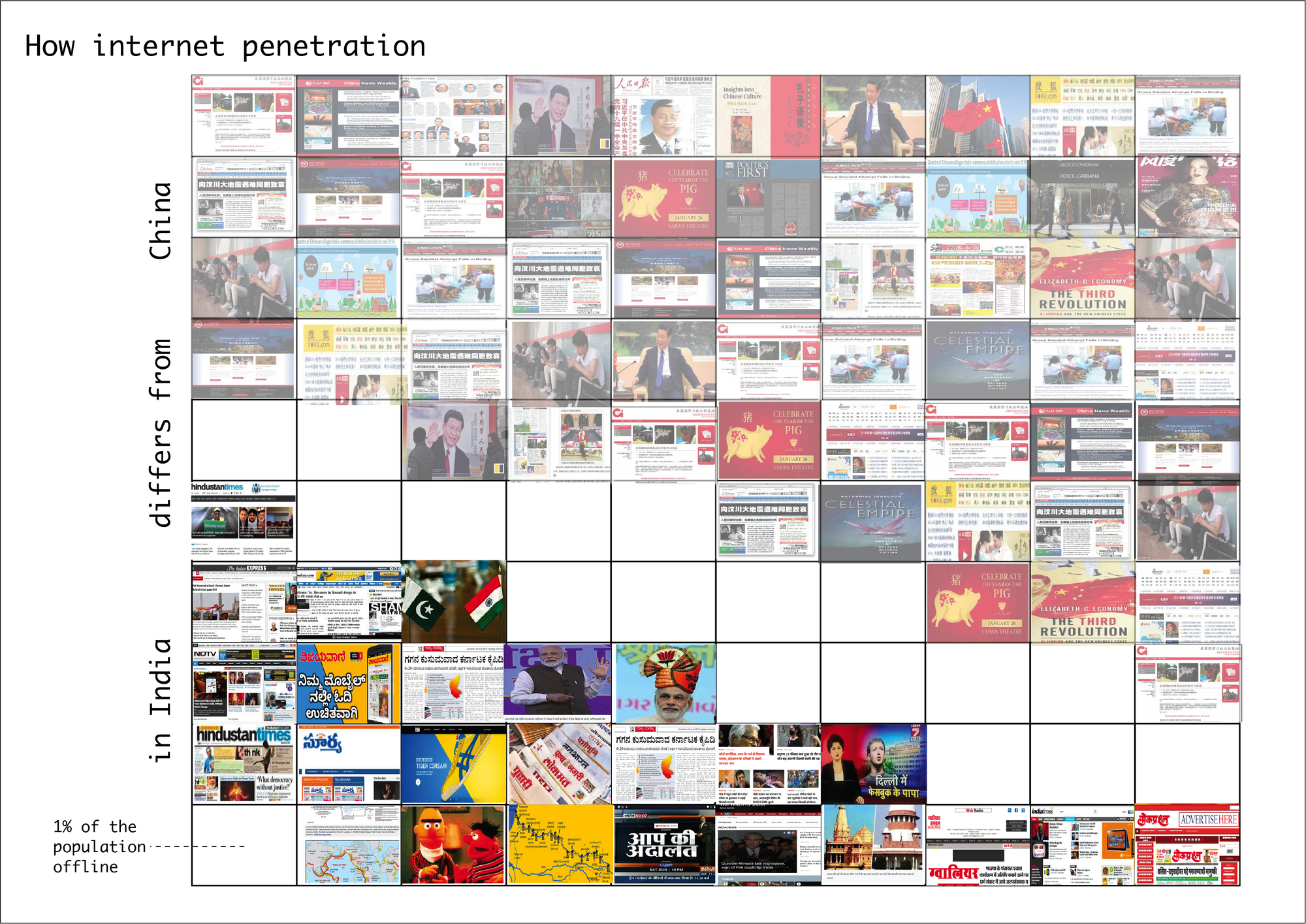
India is often compared to China, for its population and economic potential. One difference is the amount of Indians on the internet relative to the Chinese. India, along with Tanzania, is featured at the bottom of a ranking of the internet usage-to-population ratio, according to Pew Research Center’s findings. Low internet penetration is not only due to a lack of internet access, Quartz reports that language is an issue. Many Indians speak a language other than one of the main internet languages.